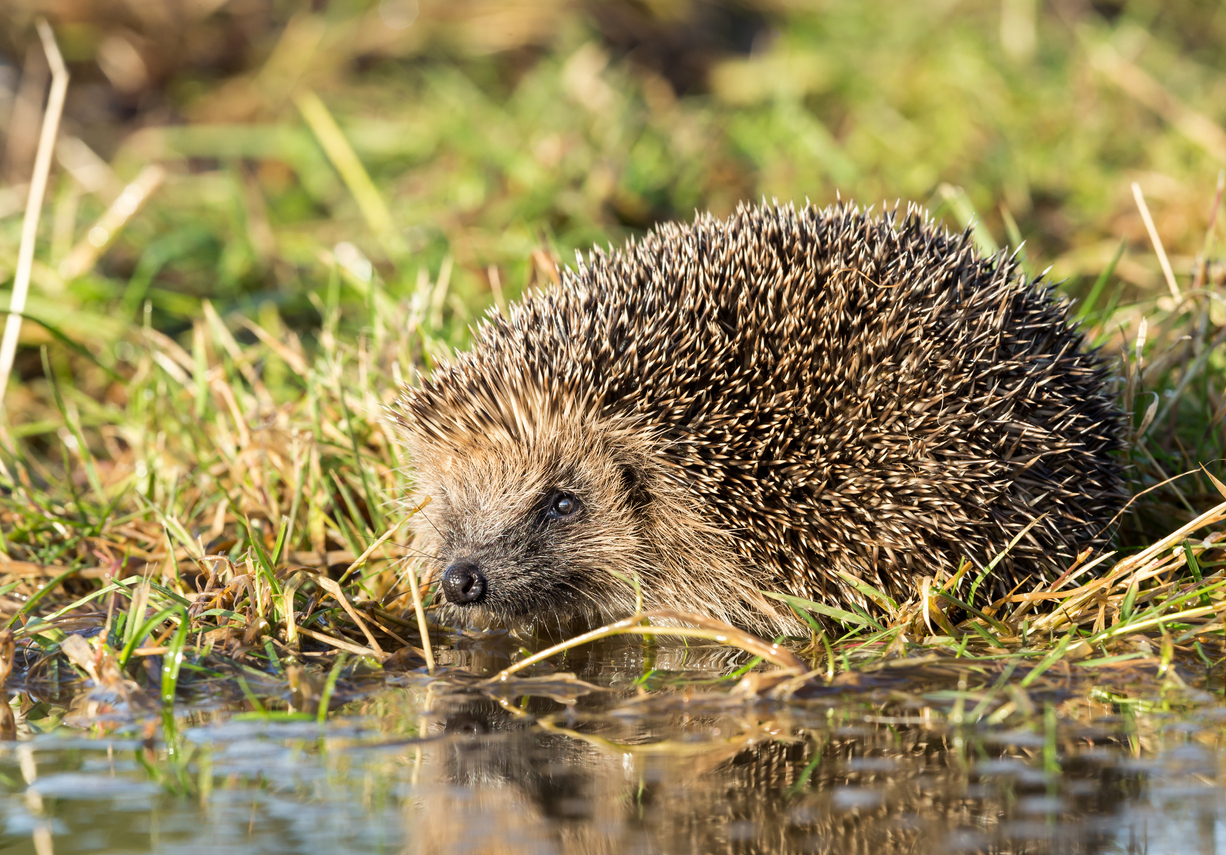We use cookies to make your experience better. To comply with the new e-Privacy directive, we need to ask for your consent to set the cookies. Learn more.
Taking Care of Hedgehogs

Hedgehogs are in dire need of support from the public at the moment, since their numbers have been dropping dramatically. Now is the time to take action to protect them from further decline.
If you want to take care of hedgehogs in your own garden, there are a few things you can do. The following tips will make your property far more hospitable for these delightful creatures.
Feeding Hedgehogs
There are a lot of myths and misconceptions around feeding hedgehogs. You might be tempted to leave out a plate of milk, but this is a bad idea because they cannot properly digest it; instead, a bowl of water will be more than adequate.
If you have tinned dog or cat food at home, hedgehogs will happily consume this; just be sure to avoid any varieties which include fish or other seafood ingredients.
Dog and cat biscuits can also make a good snack for a hedgehog, although it is best to break them down into smaller chunks so that they can nibble on them. If you want to go even further, invest in specially made hedgehog food which is available to buy from a variety of outlets.
Housing Hedgehogs
If you have space, providing a place for a hedgehog to make a home will be an enormous help. The easiest way to achieve this is by letting one part of your garden go ‘wild’, which means no grass-cutting, weeding or dead log removal. Hedgehogs will be attracted to this area, not only to live but also to feed on the various creatures that are attracted to untouched green areas.
You can also make your own hedgehog house out of wood, or buy a pre-fabricated equivalent if you want to avoid the DIY element of hedgehog husbandry. With somewhere to shelter from the weather and from predators, hedgehogs will happily hang out in your garden year after year.
Keeping Hedgehogs Safe
We can make our gardens more hedgehog-friendly by adjusting our own habits. For example, if you have a pond, be sure to place a brick or a slate to act as a ramp out of the water in the event that a hedgehog (or any small animal) falls in. Similarly, you should not leave any drain uncovered, as tumbling into one could prove fatal for wildlife.
It is also sensible to stop using slug pellets to keep your vegetation free from these unwanted invertebrates. If a hedgehog eats a pellet, it too will be poisoned, so stick to non-artificial alternatives that dissuade slugs yet allow hedgehogs to thrive. Options include spreading used coffee grounds or the pieces of an eggshell that has been carefully crushed over the area that you intend to protect.
If you want to work out whether your various attempts to provide support for hedgehogs have been effective, investing in a wildlife camera is a good idea. This will let you capture any creature that wanders past and see how it behaves when there are no humans around.
